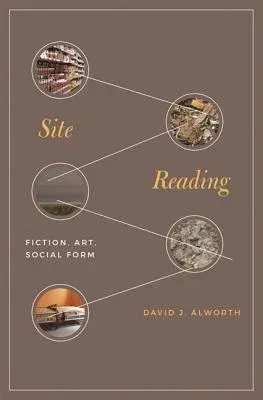Site Reading offers a new method of literary and cultural
interpretation and a new theory of narrative setting by examining five
sites--supermarkets, dumps, roads, ruins, and asylums--that have been
crucial to American literature and visual art since the mid-twentieth
century. Against the traditional understanding of setting as a static
background for narrative action and character development, David Alworth
argues that sites figure in novels as social agents. Engaging a wide
range of social and cultural theorists, especially Bruno Latour and
Erving Goffman, Site Reading examines how the literary figuration of
real, material environments reorients our sense of social relations. To
read the sites of fiction, Alworth demonstrates, is to reveal literature
as a profound sociological resource, one that simultaneously models and
theorizes collective life.
Each chapter identifies a particular site as a point of contact for
writers and artists--the supermarket for Don DeLillo and Andy Warhol;
the dump for William Burroughs and Mierle Laderman Ukeles; the road for
Jack Kerouac, Joan Didion, and John Chamberlain; the ruin for Thomas
Pynchon and Robert Smithson; and the asylum for Ralph Ellison, Gordon
Parks, and Jeff Wall--and shows how this site mediates complex
interactions among humans and nonhumans. The result is an
interdisciplinary study of American culture that brings together
literature, visual art, and social theory to develop a new sociology of
literature that emphasizes the sociology in literature.

